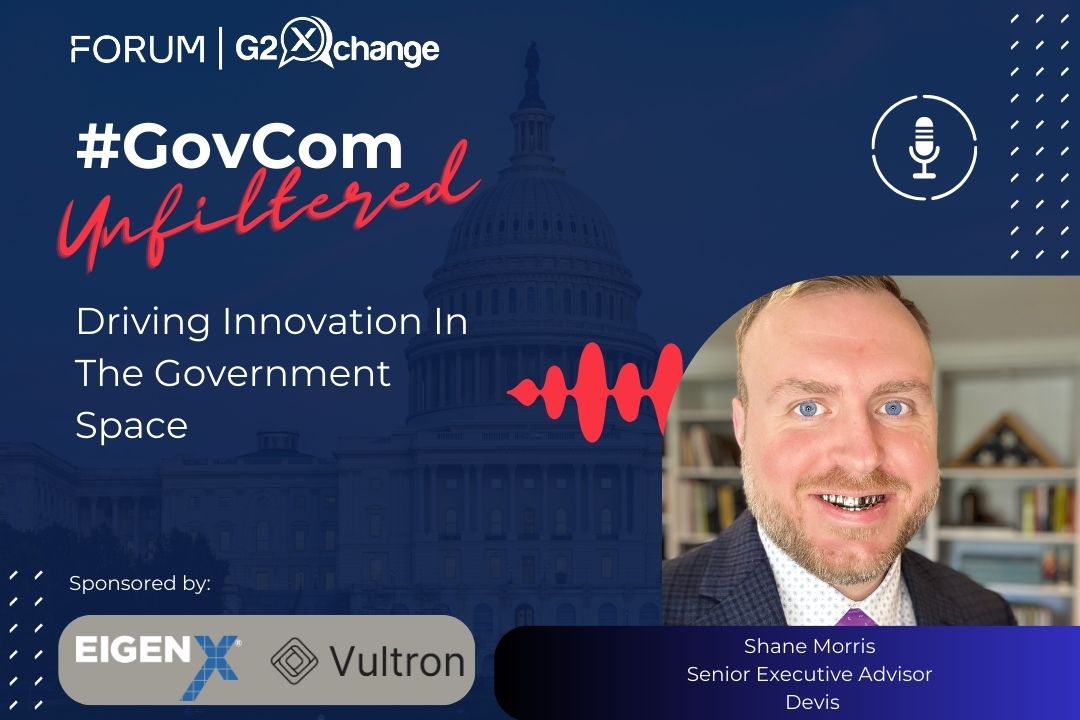DHS’ Primary Security Concerns
To start, consider how the 2014 Quadrennial Homeland Security Review lays out the “six prevailing challenges” that DHS leadership believes represent the greatest risks to U.S. national security. In their words, those challenges are:[1]
- The evolving terrorist threat remains a significant area of concern, as attack planning and operations become more decentralized and continue targeting the United States and its interests, particularly in the transportation sector
- Growing cyber threats are a substantial risk to critical infrastructure and to the greater U.S. economy, as made clear by recent critical breaches in both the private and public sector
- Biological threats, including bioterrorism, pandemics, foreign animal diseases, and other agricultural concerns, have a greater potential likelihood and impact than almost any other type of risk and have become a top security concern as international travel and trade continue to increase
- Nuclear terrorism through the introduction and use of an improvised nuclear device, while unlikely, remains an enduring risk because of the potential for devastating consequences
- Transnational criminal organizations are increasing in strength and capability, driving risk in counterfeit goods, human trafficking, illicit drugs, and other illegal flows of people and goods
- Natural hazards are becoming more costly to address, with increasingly variable consequences due in part to drivers such as urban population expansion, climate change, and aging infrastructure
[su_pullquote align=”left”][su_quote]Contractors that 15 years ago were primarily providing services to the DOD quickly pivoted capabilities to serve the then-new DHS agency, treating it as a new consumer for security and defense offerings.[/su_quote][/su_pullquote]
Four of the six (terrorism, biological, nuclear, and natural hazards) are challenges with clear implications for health services and information technology contractors. Additionally, the activities of transnational criminal organizations can have healthcare implications as well when it comes to human trafficking and caring for those we rescue or detain at our borders.
Contractors that 15 years ago were primarily providing services to the DOD quickly pivoted capabilities to serve the then-new DHS agency, treating it as a new consumer for security and defense offerings. In the past 3-5 years with the downturn in DOD spending, DHS has become an even more important customer for these legacy DOD business units to address the decrease in customer demand. Contractors have been only moderately successful in migrating capabilities and expertise from their health business units to their defense and homeland security lines of business. Most firms see DHS as a defense customer first and foremost.
Even within the federal government DHS is not perceived as a healthcare agency, but rather a security agency that sometimes interfaces—or even interferes—with the federal healthcare agencies. Problems arise when DHS’s authority overlaps with the traditional territory of another office, such as the CDC. Take the earlier example of preparedness efforts in response to the Ebola epidemic. Roundtable meetings were held between representatives of the CDC and officials from the Federal Emergency Management Agency (FEMA) and Customs and Border Protection (CBP) to discuss who would lead and who would follow, even as employees from each agency were on the ground struggling to respond to the virus’s progress in real time.
This example underscores the organizational challenges around DHS’ mission but also reveals the agency’s frontline role tackling healthcare-related crises.












